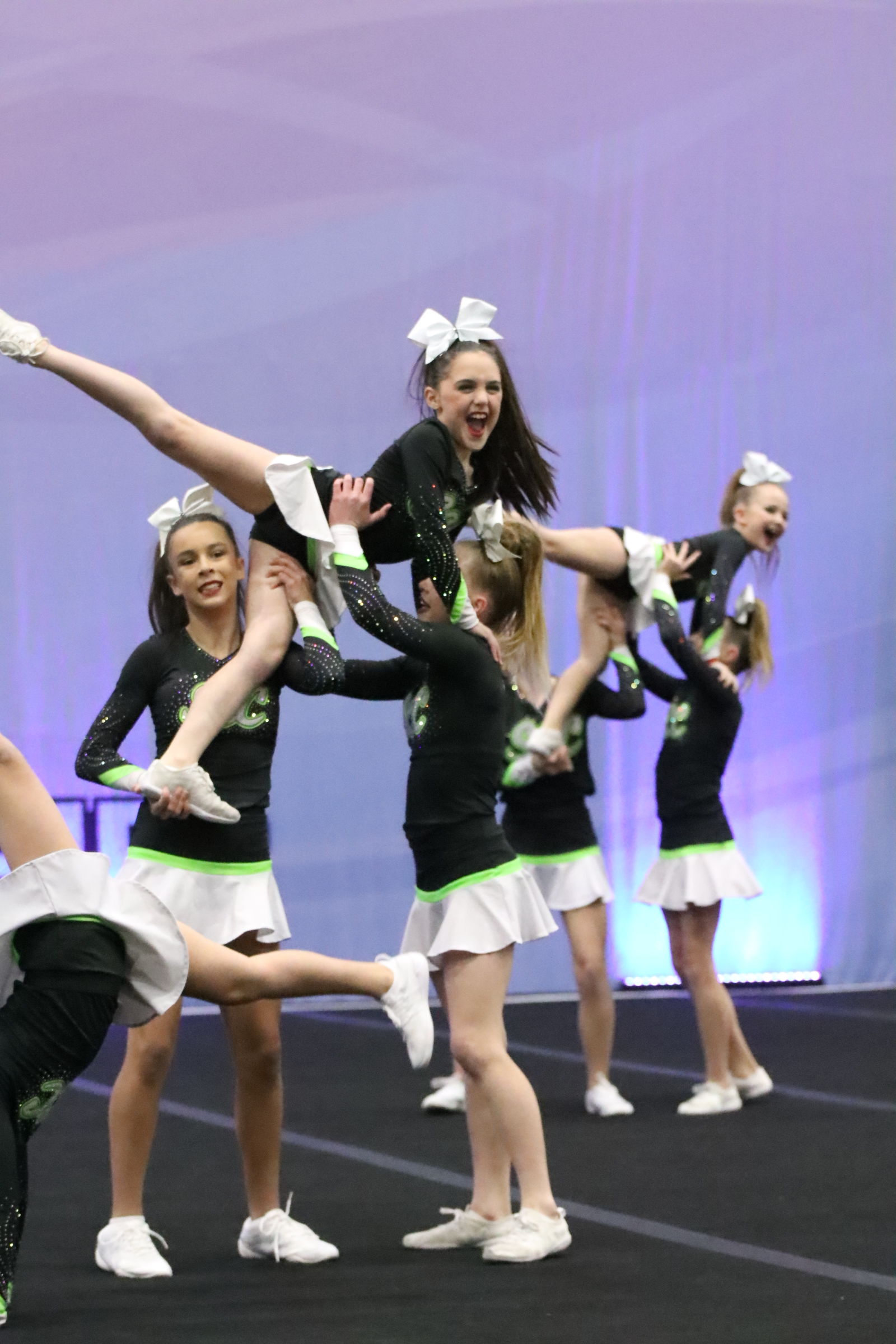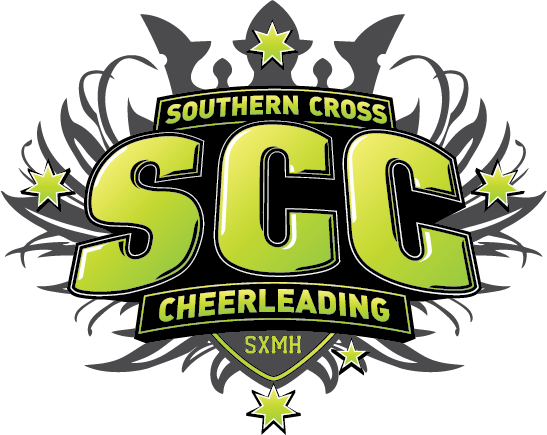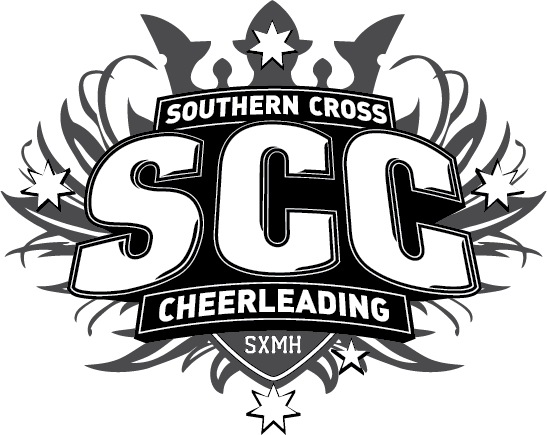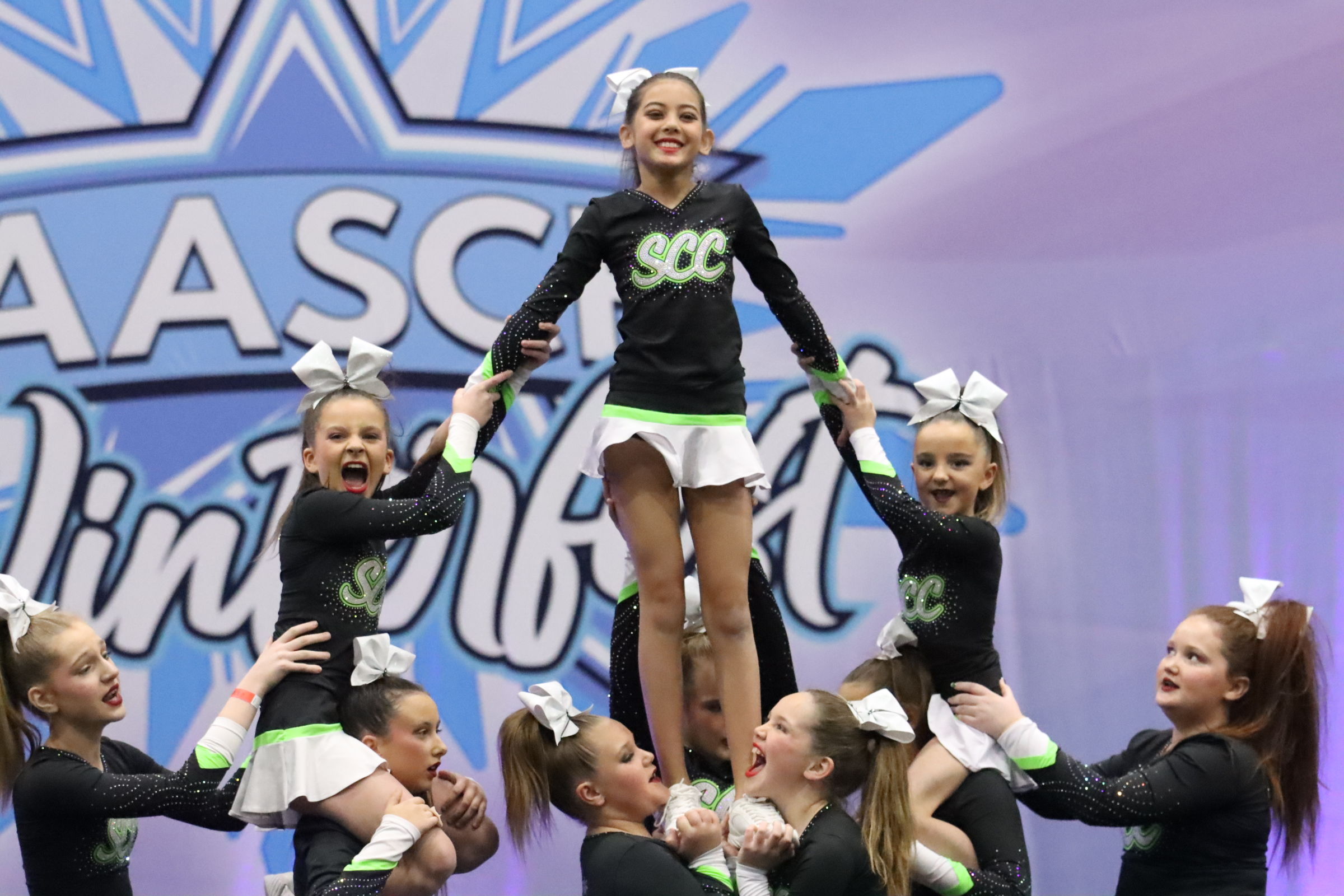Cheerleading is often seen as a vibrant and energetic activity, but its benefits extend far beyond.
For children aged 5-12 years, cheerleading offers a plethora of physical, mental, and social advantages that contribute to their overall development. Let’s explore the multifaceted benefits of this dynamic sport.
Physical Benefits
- Coordination: Cheerleading routines require precise movements and synchronisation, which helps children develop superior coordination skills. These skills are not only beneficial in cheerleading but also in other sports and daily activities.
- Strength and Stability: Through stunts, jumps, and tumbling, cheerleaders build significant strength and stability. These activities engage various muscle groups, promoting overall physical fitness.
- Mobility, Speed, and Power: Cheerleading practices include a variety of drills that enhance flexibility, quickness, and explosive power. These attributes are essential for executing dynamic routines and stunts.
Mental and Emotional Benefits
- Confidence: Successfully performing in front of an audience boosts self-esteem and confidence. Cheerleaders learn to trust their abilities and showcase them with pride.
- Teamwork: Cheerleading is inherently a team sport. Children learn to work cohesively with their peers, understanding the importance of each member’s role in achieving a common goal.
- Resilience: The challenges in cheerleading, such as mastering difficult stunts, performing a new tumble skill, or overcoming performance nerves, teach resilience. Children learn to persevere through setbacks and celebrate their progress.
- Problem Solving: Cheerleaders often face unexpected challenges, such as a last-minute routine change. This teaches them to think on their feet and develop problem-solving skills.
- Commitment: Being part of a cheerleading team requires dedication. Children learn the value of commitment as they consistently attend practices and strive to improve their skills.
- Communication: Clear communication is crucial in cheerleading, whether it’s supporting each other during a routine or giving and receiving feedback. This fosters strong communication skills in children.

Social Benefits
The social aspect of cheerleading cannot be overstated. It provides children with the opportunity to meet new people and form friendships. Working closely with teammates teaches them to understand and appreciate diverse personalities, strengths, and backgrounds. The bonds formed through shared experiences, such as the excitement of competitions or the satisfaction of a well-executed routine, are invaluable.
Academic Benefits
Cheerleading also positively impacts academic performance. The discipline required for cheerleading translates to academic success, as children learn skills such as, time management, focus, and dedication. Learning to balance school and cheerleading commitments teaches them to prioritise and manage their responsibilities effectively.
Leadership Development
Cheerleading cultivates leadership skills by encouraging children to take initiative and support and guide their peers. They learn to collaborate with teammates who have different strengths and backgrounds, enhancing their ability to lead diverse groups.

Addressing Misconceptions
One common misconception is that cheerleading is not as physically demanding as other sports. In reality, cheerleading requires immense strength and dynamic movement, often combining elements of gymnastics, dance, and acrobatics. The sport demands a high level of physical fitness and skill.
Opportunities and Progression
Cheerleading offers various pathways for children. There are regional, state, national, and international championships where teams can compete, showcasing their skills on a grand stage. For those not ready for the competitive scene, recreational teams provide an excellent starting point. Here, children can enjoy the sport of cheerleading without the added commitment of competitions.
Advice for Parents
For parents considering cheerleading for their child, don’t be afraid to commit to this awesome sport. There is no right or wrong place to start.
Recreational cheer is a great way to begin, allowing children to build foundational skills and confidence. When ready, they can transition to all-star cheer, where they will be placed in a level suited to their abilities. Cheerleading levels range from novice to level 7, ensuring a safe and supportive environment for skill development.
_____________________________________________________________________________________________
Cheerleading is a sport that nurtures physical, mental, and social growth. It’s a vibrant and rewarding activity that equips children with valuable life skills, making it an excellent choice for young athletes.
At Southern Cross Cheer, we offer numerous pathways for children eager to embark on their cheerleading journey. Whether your child is looking to start with recreational cheer or aiming for competitive all-star levels, we have the perfect program to suit their needs and abilities.
Get in touch with us today to find out the best way for your child to get started in cheerleading and discover the incredible benefits this sport has to offer.


